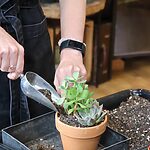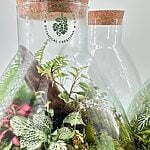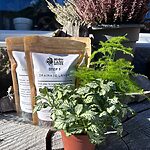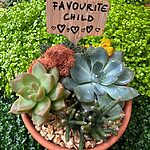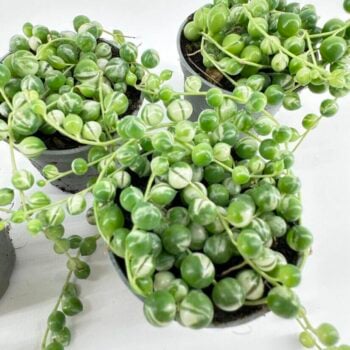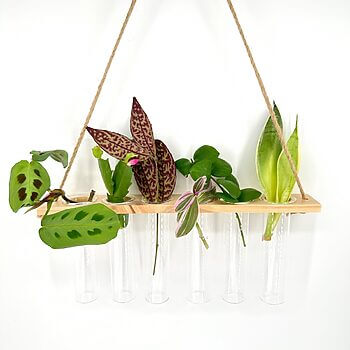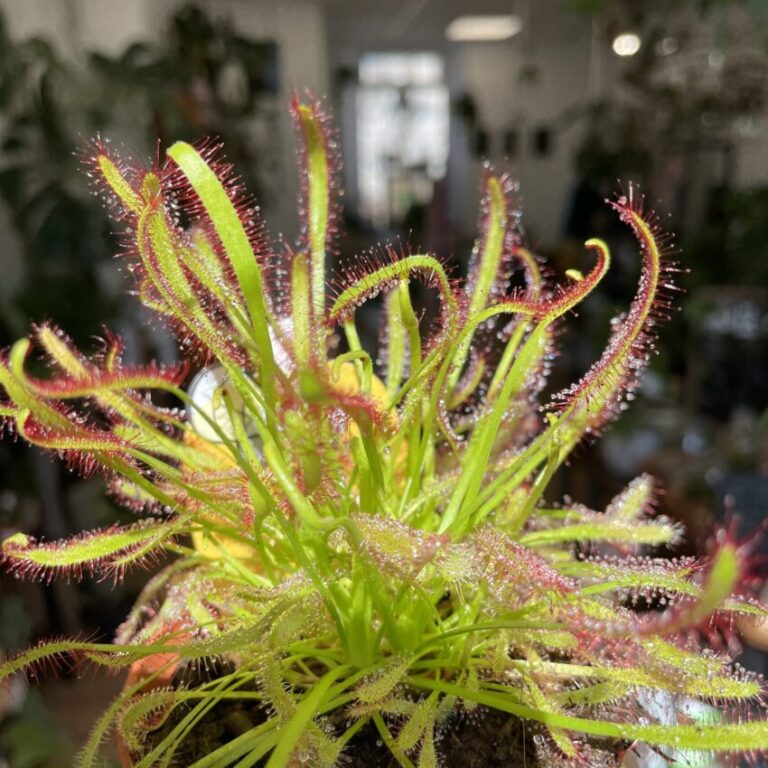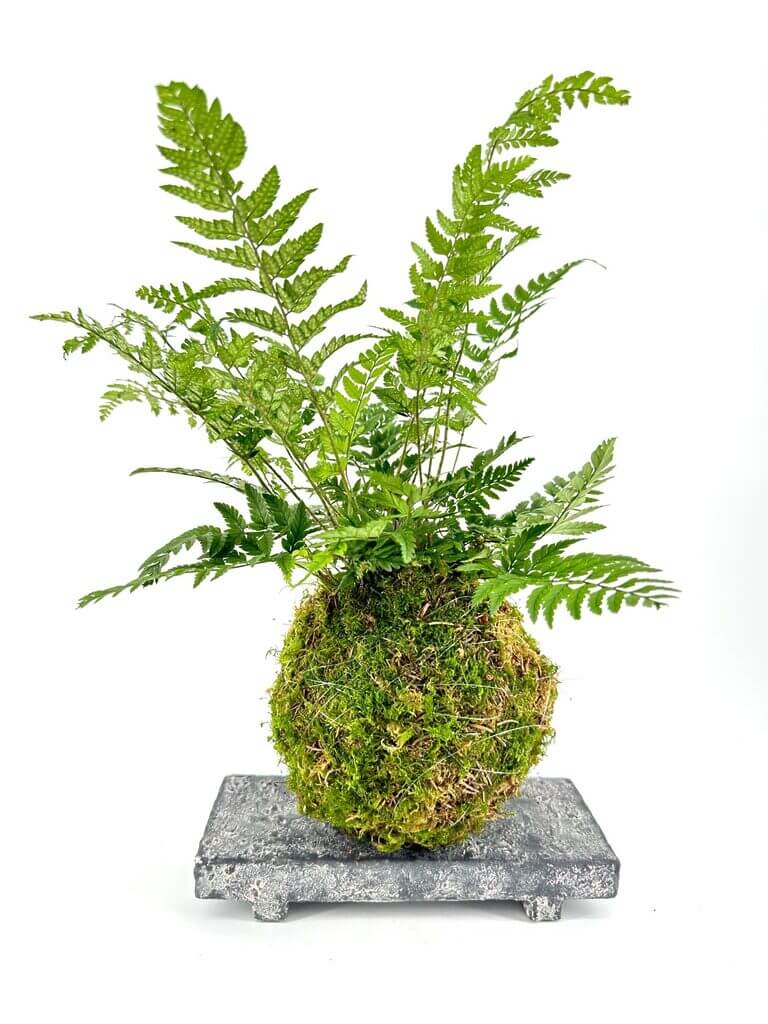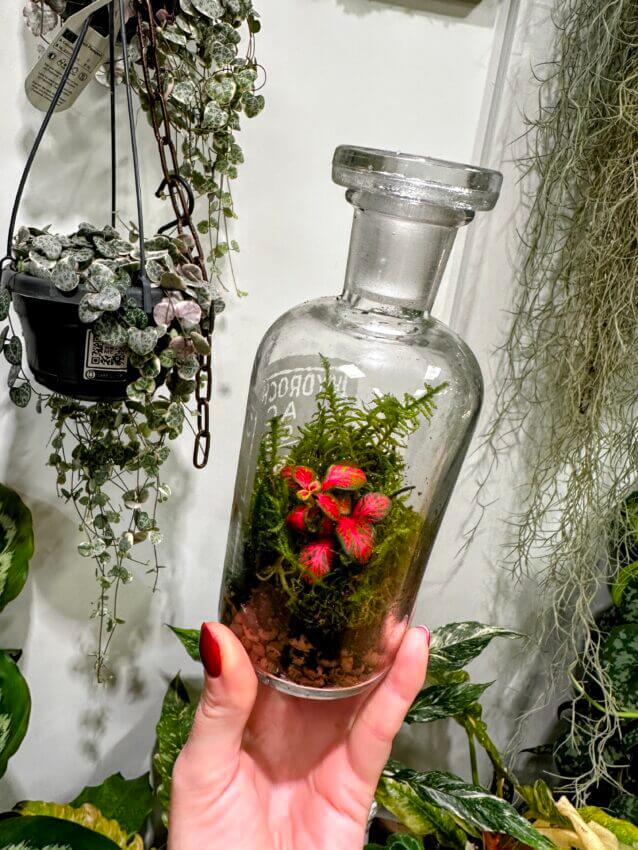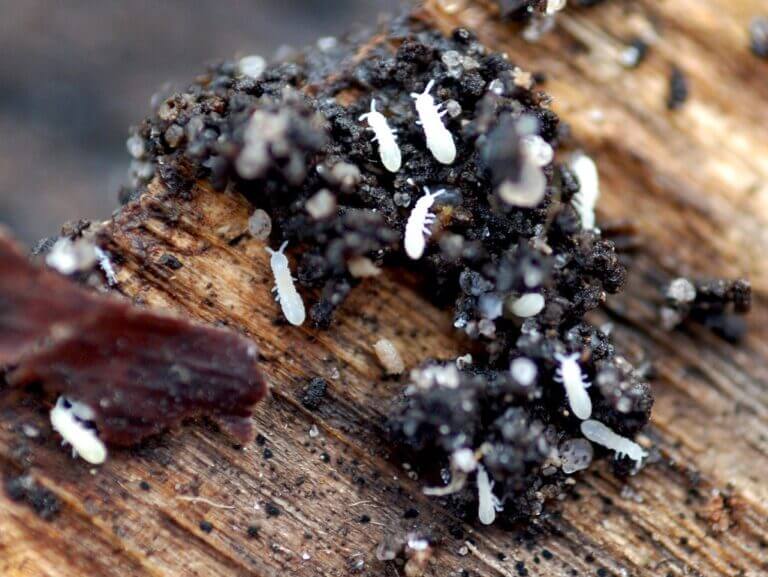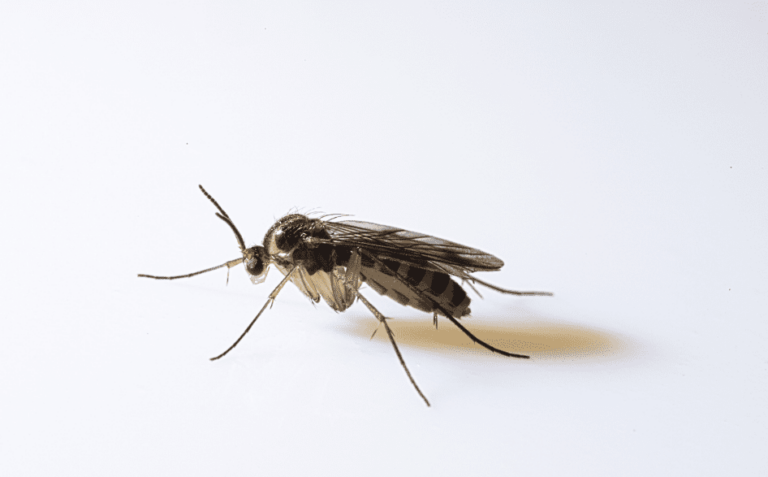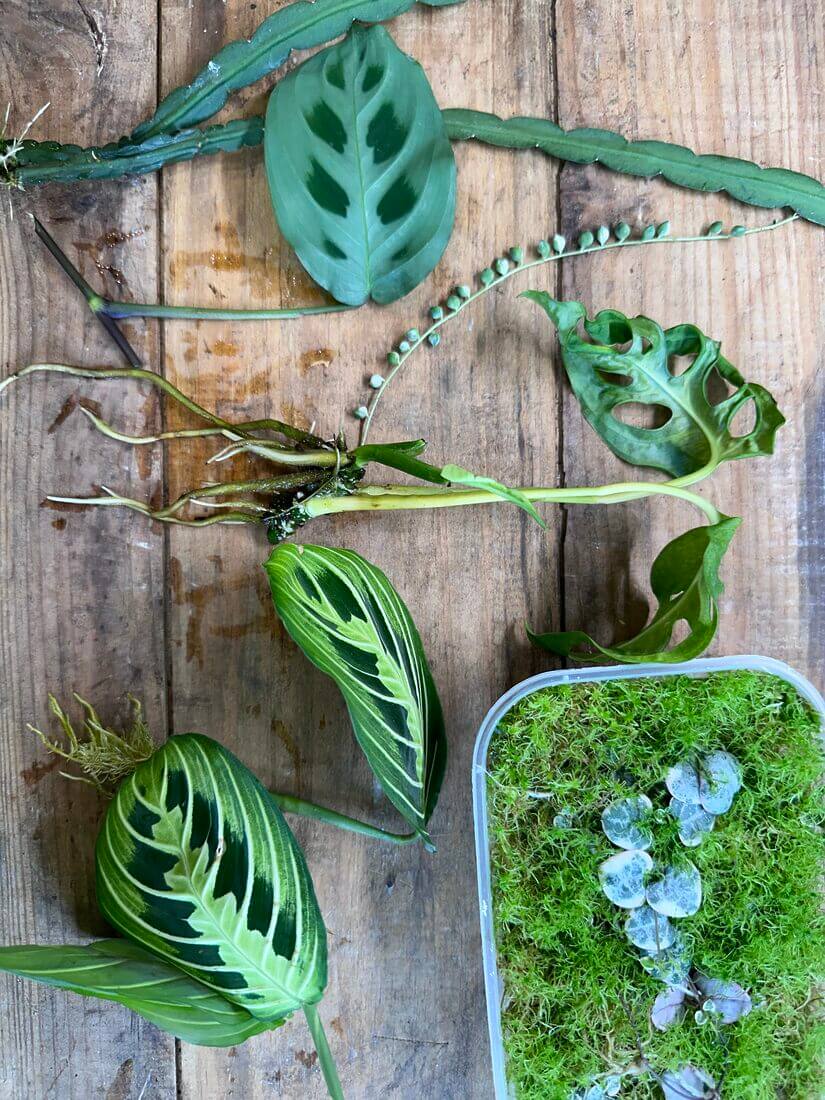
Propagating plants is an incredible way to expand your plant collection and create baby plants for friends, family, or gifts. If you’re unsure how to start, where to cut the plant, or which propagation medium is best for specific plants, this article will answer all your questions on how to grow plants from cuttings.
- What is a Cutting?
- Making Cuttings of Popular Houseplants
- How Big Should The Cuttings Be
- Allowing Cuttings to Callus
- Propagation Methods
- Tips to Speed up Propagation
- High Humidity
- Change Water
- Use Philodendron
- Be Patient
- Optimal Lighting
- Warmth
- Conclusion
- Propagation Q&A
- Q1: What is plant propagation?
- Q2: What is a cutting?
- Q3: Why is a node important in plant propagation?
- Q4: How do I take a cutting from a plant?
- Q5: How should I prepare my cuttings before propagation?
- Q6: What are the best methods for propagating houseplants?
- Q7: How can I speed up the propagation process?
- Q8: What should I do if my cutting's leaves turn yellow?
- Q9: Can all houseplants be propagated in water?
- Q10: How do I know when my cutting is ready to be plant into the soil?
- Q11: What are some common problems during propagation and how can I avoid them?
What is a Cutting?
A cutting, also known as a snip, snipped, sticks or chunk, is the piece of the plant that you will propagate. While it has many names, we will refer to it as a cutting throughout this article. Everyone has their preferred term, and any of them are completely fine.
Understanding Plant Biology

Node: A node is a very important component of plant anatomy, serving as the junction on a stem from which leaves, branches, and aerial roots grow. The node is essential for propagation because host meristematic cells are pivotal for plant growth and development. These cells have the ability to transform into different types of tissues including new roots and stems.
Stem: The stem acts as the primary structural element of plants, providing support for leaves and flowers. The stem is responsible for the transportation of water, nutrients, and sugars from the roots to other parts of the plant.
Making Cuttings of Popular Houseplants
Plants like Monstera, Philodendron, Syngonium, Maranta, Pothos, Epipremnum, and Scindapsus require a node to grow roots. A node is a bump on the stem, often attached to a leaf, and is crucial for successful propagation. If you have ever tried to propagate a leaf without success, it is likely because it lacked a node.
When making a cutting, ensure it includes a node. It can even be leafless, often called a “wet stick.” This part of the stem will also propagate. During propagation, the leaf may turn yellow and die as the plant directs energy to root growth. This is a natural process, so don’t worry if your cutting loses its leaf.
How Big Should The Cuttings Be
Your cutting should have at least one node and can have one or a few leaves. Based on experience, the highest chance of successful propagation comes from cuttings with 1-2 nodes and 1-3 leaves. Larger cuttings may struggle as the plant finds it difficult to transport water to the top leaves. If you have a large piece, consider cutting it into smaller sections.
Allowing Cuttings to Callus
Callus formation is the process where soft tissue forms over a cut or wounded plant surface, aiding in healing. Soft-stemmed plants like Philodendron or Monstera take a few hours to form a callus, while plants with hard, woody stems like Aquatica or large cacti may take days or weeks.
Allowing cuttings to callus can help prevent rot, especially in plants with chunky stems. You can place fresh cuttings of Syngonium or Fittonia in water without waiting for a callus to form. However, monitor your cuttings during this time to prevent them from becoming too dry.
Propagation Methods
Soil Propagation
Suitable for: Succulents, Philodendron, Monstera, Calathea, Sedum, Begonia, Peperomia, Pilea, Cacti, and more.
Pros:
- Affordable: requires only a pot and soil or a seeding tray.
- Easy access to materials.
- Suitable for a variety of plants.
Cons:
- Difficult to control in a home environment.
- Plants may rot if overwatered.
- Hard to see root growth progress.
- Easy to underwater and kill the cutting.
- Not recommended for beginners.
Water Propagation

Suitable for: Most houseplants like Syngonium, Maranta, Monstera, Philodendron, Rhipsalis, Begonia, Pilea, Peperomia, Pelargonium, Fishbone Cactus, Senecio (String of Pearls), and String of Hearts.
Pros:
- Easily accessible: everyone has water and a glass/plastic container.
- Suitable for beginners.
- Easy to monitor progress.
- Clear water helps spot issues like rot quickly.
Cons:
- Risk of root rot if not monitored.
- Not all plants root well in water.
- Transplant shock when moving to soil.
Sphagnum Moss Propagation
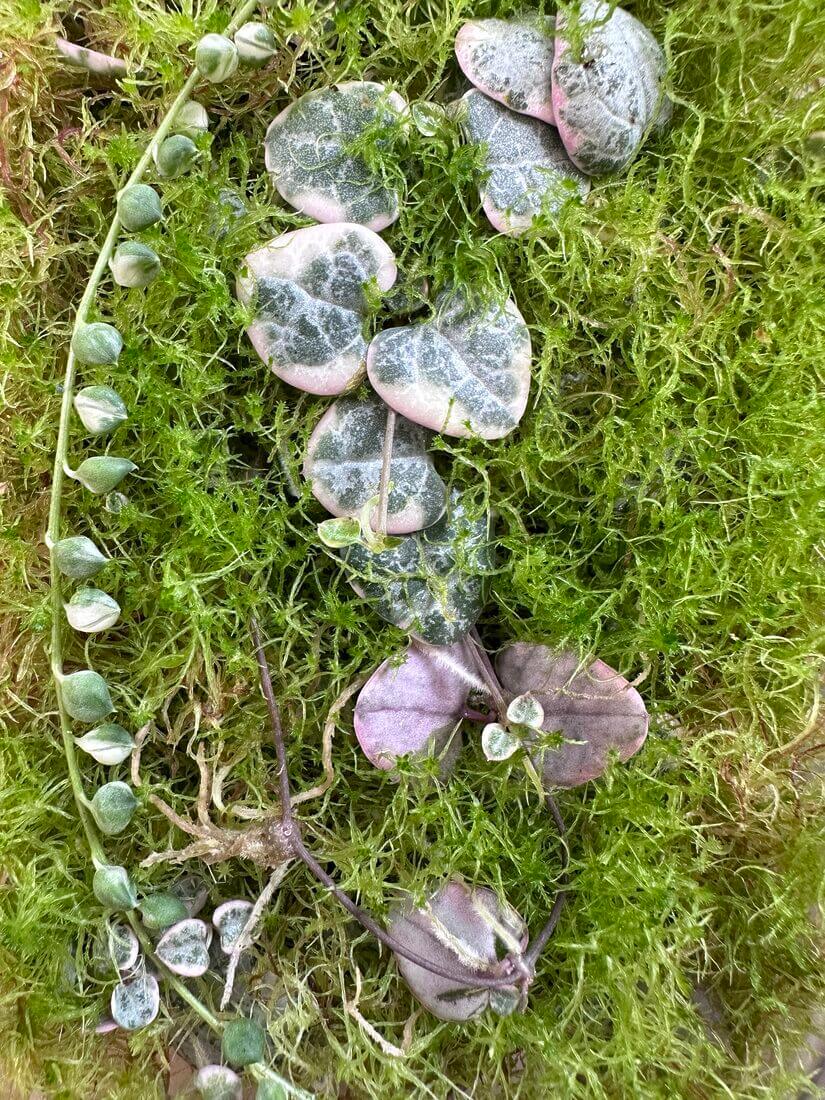
Suitable for: Most houseplants like Syngonium, Maranta, Monstera, Philodendron, Rhipsalis, Begonia, Pilea, Peperomia, Pelargonium, Fishbone Cactus, Senecio (String of Pearls), and String of Hearts.
Pros:
- Easy to set up with sphagnum moss and a plastic container.
- Can be left unattended in a closed container, reducing the need for extra watering.
- High humidity and temperature accelerates propagation.
- Plants transition better from moss to soil.
- Suitable for beginners.
- Ideal for propagating Alocasia corms and wet sticks (nodes without leaves).
- Can be modified by adding perlite to improve aeration and drainage.
Cons:
- Requires sphagnum moss and a plastic container.
- Overly wet moss can cause mould and rot.
- Easy to forget about cuttings due to the hassle-free process, which may lead to overgrown plants.
- Can be more expensive than other methods.
Tips to Speed up Propagation

High Humidity
Close the cuttings in a clear glass or plastic container, cloche or dome to create a microclimate with higher humidity and temperature. This helps speed up root growth.

Change Water
When propagating in water, change the water regularly but not too frequently. Rooting hormones released by the plants help in root growth, and changing the water too often (e.g., twice a day) can waste these hormones.

Use Philodendron
Adding a Philodendron cutting to your water propagation vase can be beneficial. Philodendron is known for producing high amounts of rooting hormones, which can support other cuttings.

Be Patient
Propagation takes time. Some plants root quickly, while others take longer. Be patient and avoid disturbing the cuttings too often.

Optimal Lighting
Provide bright, indirect light for your cuttings. Too much direct sunlight can cause stress, while too little light can slow down the rooting process.

Warmth
Keeping the cuttings in a warm environment can promote faster root development. Avoid placing them in cold drafts or near air conditioning vents.
Conclusion
By following these guidelines on how to grow plants from cuttings, you can successfully propagate a wide variety of houseplants. Whether you choose soil, water, or sphagnum moss, each method has its benefits and drawbacks. Choose the one that best suits your plants and your environment. Happy propagating!
Propagation Q&A
Our customers questions and our answers. Do you have a question? leave a comment below.
Q1: What is plant propagation?
A1: Plant propagation is the process of creating new plants from a cutting, division or seeds. This can be done to expand your plant collection, share plants with friends, or simply enjoy the process of growing more plants.
Q2: What is a cutting?
A2: A cutting, also known as a snippet or chunk, is a piece of a plant, typically including a node, that is used to grow a new plant. This cutting can be a segment of stem, leaf, or root, depending on the type of plant being propagated.
Q3: Why is a node important in plant propagation?
A3: A node is essential for propagation because it contains meristematic cells that can turn into into roots and new stems and leaves. This is the point on a stem where leaves, branches, and aerial roots originate. Without a node, a cutting is unlikely to develop roots and grow into a new plant.
Q4: How do I take a cutting from a plant?
A4: To take a cutting, use a clean, sharp knife or scissors to cut just below a node on a healthy part of the plant. Ensure the cutting includes at least one node and preferably a few leaves. Remove any lower leaves that might be submerged in water or soil to prevent rot.
Q5: How should I prepare my cuttings before propagation?
A5: After taking the cutting, allow it to form a callus over the cut end. This can take a few hours to a few days depending on the plant type. For soft-stemmed plants, a few hours are sufficient, while woody plants might take longer. This helps prevent rot when the cutting is placed in water or soil.
Q6: What are the best methods for propagating houseplants?
A6: The best methods for propagating houseplants include:
- Soil Propagation: Placing the cutting in soil.
- Water Propagation: Placing the cutting in water.
- Sphagnum Moss Propagation: Placing the cutting in sphagnum moss.
- Each method has its pros and cons and may be more suitable for different types of plants.
Q7: How can I speed up the propagation process?
A7: To speed up propagation:
- Increase Humidity: Place cuttings in a clear glass or plastic container to create a humid microclimate.
- Change Water Regularly: For water propagation, change the water regularly but not too often to retain rooting hormones.
- Use Rooting Hormones: Adding a Philodendron cutting to your propagation water can help, as it produces rooting hormones.
- Provide Optimal Light: Bright, indirect light is ideal.
- Maintain Warmth: Keep cuttings in a warm environment.
Q8: What should I do if my cutting’s leaves turn yellow?
A8: It’s normal for a cutting’s leaves to turn yellow and die as the plant directs energy to root growth. If this happens, don’t worry. Focus on ensuring the cutting has sufficient humidity, light, and warmth to encourage root development.
Q9: Can all houseplants be propagated in water?
A9: While many houseplants can be propagated in water, not all will thrive using this method. Plants like Syngonium, Maranta, Monstera, Philodendron, and Pilea often do well in water. However, some plants may prefer soil or sphagnum moss for better root development.
Q10: How do I know when my cutting is ready to be plant into the soil?
A10: Your cutting is ready to be transplanted when it has developed a healthy root system, typically a few centimetres long. This can take from a few days, up to a few months, depending on the plant species and propagation method used.
Q11: What are some common problems during propagation and how can I avoid them?
A11: Common problems include:
- Rotting: Avoid overwatering soil and ensure cuttings callus before planting. Change water regularly if propagate in water. You can also try propagation a sphagnum moss which decrease chance of rot.
- Wilting: Provide adequate humidity and avoid direct sunlight.
- Slow Root Growth: Ensure optimal light and warmth.
By following these tips and choosing the right propagation method for your plants, you can successfully grow new plants and expand your collection. Happy propagating!



